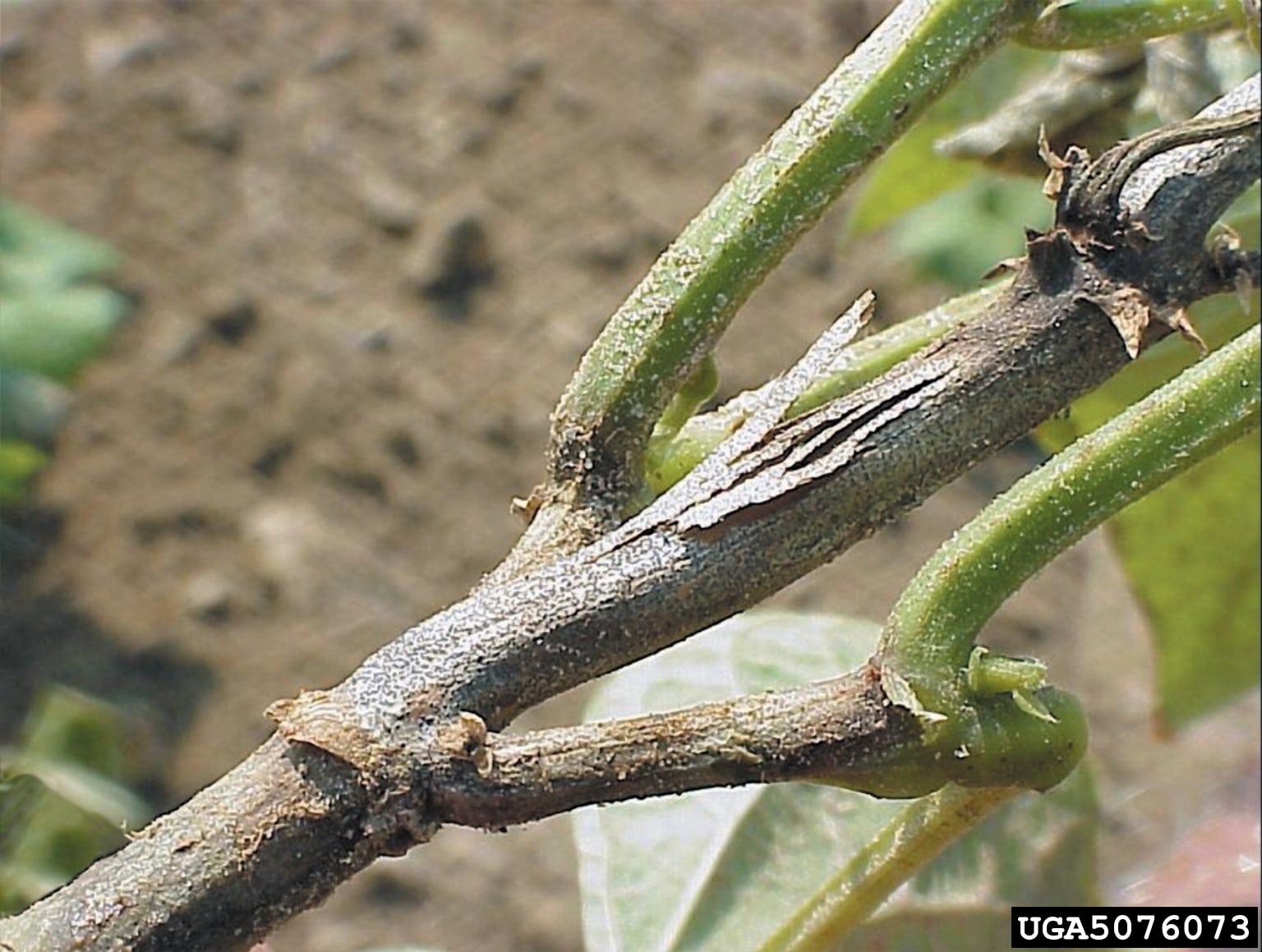What Is Watermelon Charcoal Rot – Treating Charcoal Rot In Watermelons


When you have watermelons with charcoal rot in your garden, don’t count on getting those melons to the picnic table. This fungal disease attacks many different types of cucurbits, including watermelon, usually killing the plants. If you are growing watermelons, read on for more information about charcoal rot and what to do when you see it.
What is Watermelon Charcoal Rot?
Charcoal rot in watermelons is caused by the fungus Macrophomina phaseolina. It is a fungus that lives in the soil and is very prevalent in some states, including California. It can persist for up to 12 years. The fungus that infects watermelons with charcoal rot can also infect hundreds of other plant species. In melons, the pathogen first attacks the stems near the soil a few weeks after planting. However, you won’t see symptoms until much closer to harvest.
Symptoms of Charcoal Rot in Watermelons
The first signs that you have watermelons with charcoal rot may appear late in the growing season, a couple of weeks before harvest. Look for yellowing leaves, followed by the death of crown leaves. After that, you may see other manifestations of charcoal rot in watermelons, like water-soaked lesions on the stem. The stems can ooze yellowy gum and turn dark, like charcoal. If the lesions girdle the stem, the plant will die.
Watermelon Charcoal Rot Treatment
There are lots of fungal diseases that infect your garden plants that can be treated with fungicides. Unfortunately, charcoal rot in watermelons is not one of them. Alas, there are no effective controls for the fungus. You can effectively prevent the disease by changing the way you manage your crops though. What is the preferred watermelon charcoal rot treatment? You need to understand the conditions that cause the fungus to become a problem and try to avoid them. For instance, charcoal rot fungus is a problem that increases if a melon crop is under water stress. It is entirely within a gardener’s control to prevent this from happening. Irrigating regularly and preventing water stress will go a long way to preventing charcoal rot in watermelons. It also helps to rotate your crops regularly. The incidence of the disease and its severity is most common in areas where melons are grown year after year. Rotating out your melons for a few years can be a good strategy in watermelon charcoal rot treatment.
Sign up for the Gardening Know How newsletter today and receive a free copy of our e-book "How to Grow Delicious Tomatoes".

Teo Spengler is a master gardener and a docent at the San Francisco Botanical Garden, where she hosts public tours. She has studied horticulture and written about nature, trees, plants, and gardening for more than two decades, following a career as an attorney and legal writer. Her extended family includes some 30 houseplants and hundreds of outdoor plants, including 250 trees, which are her main passion. Spengler currently splits her life between San Francisco and the French Basque Country, though she was raised in Alaska, giving her experience of gardening in a range of climates.